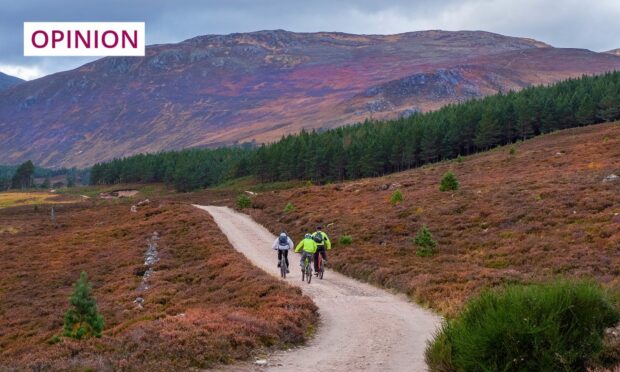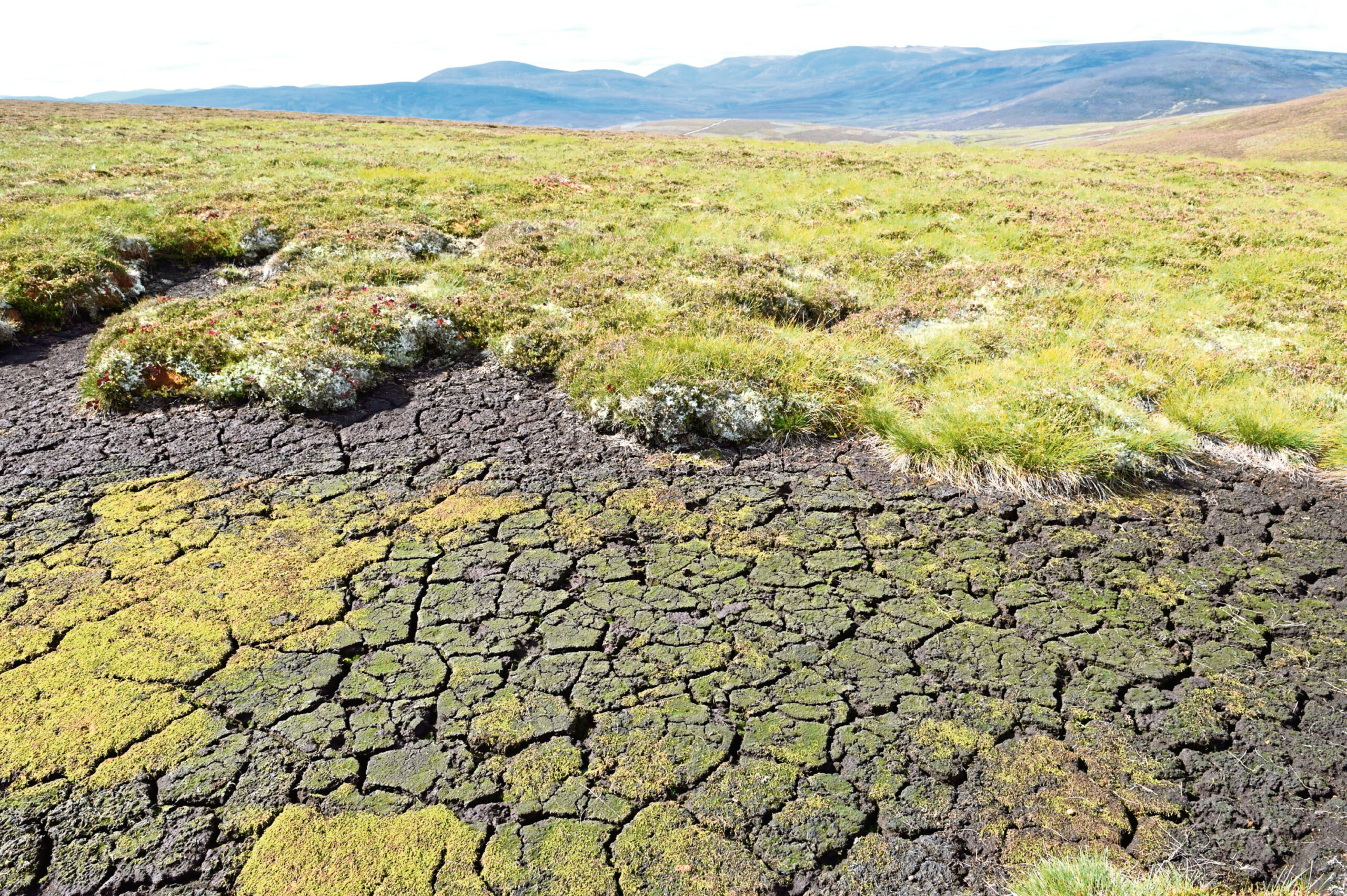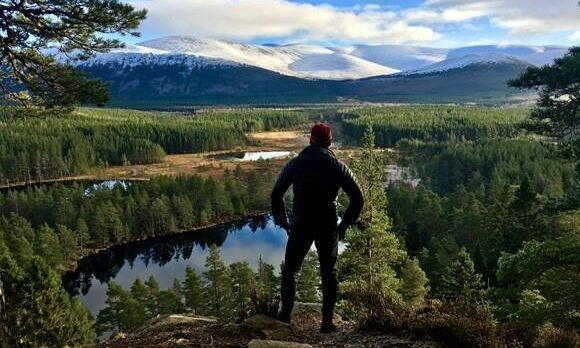“The era of global boiling has arrived,” UN Secretary General António Guterres declared in a recent news briefing.
This summer, we have seen wildfires and devastating heatwaves across the south of Europe, in China and in the United States.
In Scotland, we are also feeling the impacts with the long dry spell in May and June, which led to several wildfires, like that at Cannich, causing economic and ecological impacts.
We know that a 1.5 degree rise in global temperatures is going to happen and, unless we act, this is just the minimum. We will see more droughts and wildfires, as well as more flood events like those that affected the Dee in 2015. That flood had massive impacts on people and property at the time, and continues to affect livelihoods to this day with its impact on pools and some fishing beats along the river. Aside from the serious impacts on people, it was also devastating ecologically, with a catastrophic decline in freshwater pearl mussels on the Dee due to that one flood event.
We can and must do more to mitigate and adapt to climate change. We also know how to do it. The UK Climate Change Committee has been spelling it out for years and we all need to put the solutions into practice.
Nature restoration is a fundamental part of tackling climate change. In Cairngorms National Park, the largest in the UK and one of the biggest in Europe, that means restoring our peatlands and river systems, expanding our native woodlands along all our rivers and burns, and making sure that nature is at the heart of everything we do.
It also means improving active travel options and public transport, and ensuring that our buildings and heating systems are fit for the future.
A long slog requiring hard work
We must not fall for the spurious arguments that we have to choose either jobs and the economy or nature and climate mitigation. We need to be driven by the evidence in our decision-making, and we cannot let vested interests stop action. It is perfectly possible to provide good quality jobs and maintain a robust economy while also sustaining a high-quality, climate-resilient environment.
It’s always easy to be loud and find dividing lines, but it does not help. This is going to be a long slog, with people, land managers and communities working hard every day, year in, year out, to achieve net zero and restore nature. We need people to pull together, not pull apart.
The team at the Park Authority is committed to bringing people together to tackle this crisis. The National Park Partnership Plan builds on work that was begun 20 years ago, as well as setting out the new work that needs to be done.
The Park Authority has always recognised the need to create good jobs that work with nature, the need for a more sustainable tourism model, the need for far more affordable homes, the need to mitigate climate impacts, and the need to restore nature. These issues are now at the forefront of UK politics, and this national park, and those around the country, are well-placed to help deliver these vital needs.
Putting people at the heart of decision-making
There is tremendous commitment across the Cairngorms to making real change that will benefit people and nature. Our Cairngorms 2030 programme will provide an exemplar of putting people at the heart of decision-making.
Conversations around land-use change are far easier to have now than even five years ago. That doesn’t mean we are going fast enough but, discussions with communities, land managers and businesses across the national park are now about how we do it, not whether we should.
There are landscapes of hope all across Cairngorms National Park, and I strongly believe that, if we put all our energy and ingenuity into these challenges, we can prevail and provide our children with a fitting legacy.
Even if you are sceptical about biodiversity loss and the climate crisis, this work will still reduce flood risk, improve water and air quality, provide good quality jobs, more pleasant and safer villages and enhance our ecosystems. What is the argument for the status quo?
Grant Moir is CEO of the Cairngorms National Park Authority


